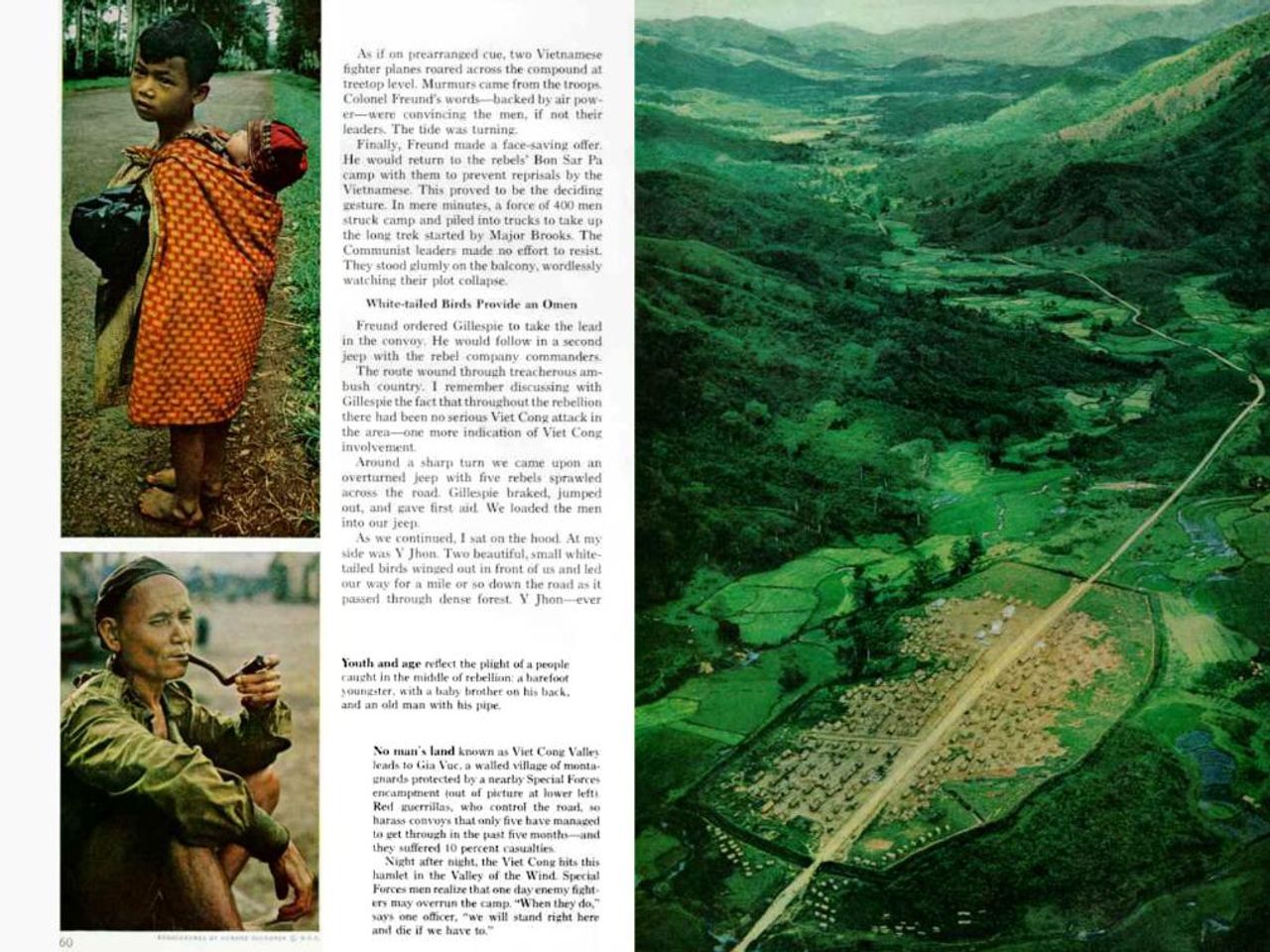Cheer Up, Saxony! Bark Beetle Calamity Seems Less Daunting Now
- *
Saxon Forest Experiences Decrease in Bark Beetle Destruction - Decrease in bark beetle devastation observed in Saxon forest
The once grim situation wrought by bark beetles in Saxony forests is showing signs of improvement. "The amount of damaged timber has plummeted drastically from the crisis years of 2019 and 2020, and an overall uplift can be observed across our state," shares Lars Richter, the spokesperson for Saxony's state-owned company, Saxon Forest Authority. Although the beetle havoc remains prominent in regions like Vogtland and the Western Ore Mountains, the situation presents a stark contrast to the years between 2018 and 2021.
Preliminary reports of beetle activity have begun cropping up, but they're not yet verified. More insightful updates are on the horizon as routine monitoring kicks off next week. A concentrated swarm flight isn't expected before mid-April, according to meteorological forecasts.
Weather as a Threat
Conducive temperatures and arid conditions may embolden the breeding of beetles, particularly within the lush spruce trees. "Earlier vegetation growth coupled with lower water levels tends to augment the vulnerability of host trees," Richter emphasizes. While warmth might expedite beetle evolution, extreme weather events like the 2018 drought are unlikely at this time.
Scant Breeding Grounds
Appropriate breeding grounds, such as storm wood, have mostly survived the harsh winter, thus limiting the chances of an explosive growth in the bark beetle population during the upcoming months.
Preventive Work and Constant Vigilance
Cleanup operations in the state forests have been mostly wrapped up as a preemptive move. Endangered patches are consistently under observation, and swift elimination of afflicted trees is necessary upon detection.
Consistent trap monitoring will continue, with the aim of further reinforcing the downturn and proactively detecting emerging trends. The endangered tree stands have also witnessed stability compared to the previous year. "Massive stand losses, as experienced between 2018 and 2020, are now rare," Richter assures. Infestations are typically localized. But a turnaround could occur - subject to the weather in the coming seasons.
- Saxony
- Relief
- Bark beetle
- Forest damage
- Forests
- Insight:
- Reduction in Suitable Breeding Material: A dwindling supply of suitable breeding habitats, like storm wood, has significantly slowed the growth and spread of bark beetles.
- Forest Management Practices: Intensive cleanup works and regular monitoring of endangered stands have played a crucial role in managing and reducing bark beetle infestations. Early removal of affected trees has been a key strategy in Halting the spread [1].
- Climatic Conditions: Despite mild and dry weather conditions potentially favoring beetle development, extreme weather conditions similar to the 2018 drought are not expected at present.
- Monitoring and Response Systems: Sachsenforst's effective monitoring systems, including trap monitoring, allow for timely detection and intervention against potential infestations [1].
- The relief in Saxony is palpable as forest damage caused by bark beetles, once a prominent issue, shows a significant decrease.
- The reduction in suitable breeding material for bark beetles, such as storm wood, has been a critical factor in slowing down the growth and spread of these pests in Saxony's forests.
- Intensive forest management practices, including cleanup works and regular monitoring of endangered stands, have been instrumental in managing and reducing bark beetle infestations in Saxony's forests.








